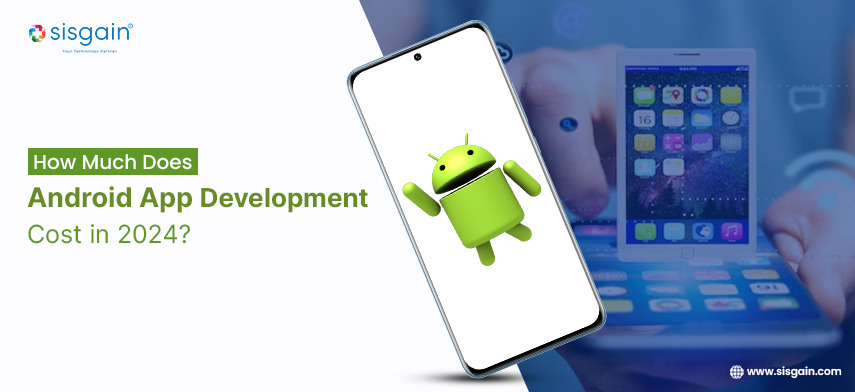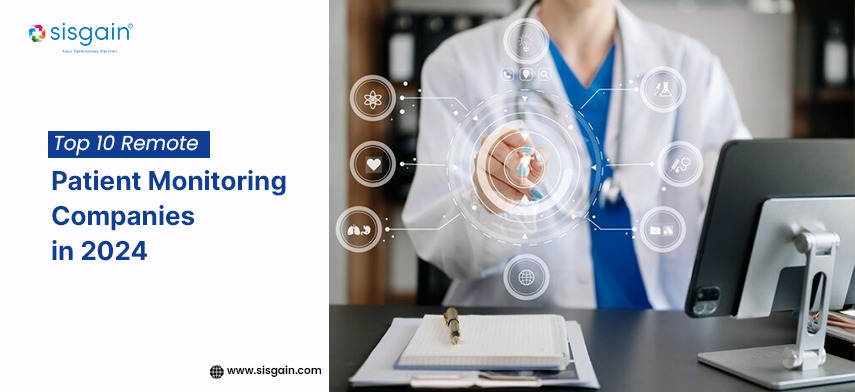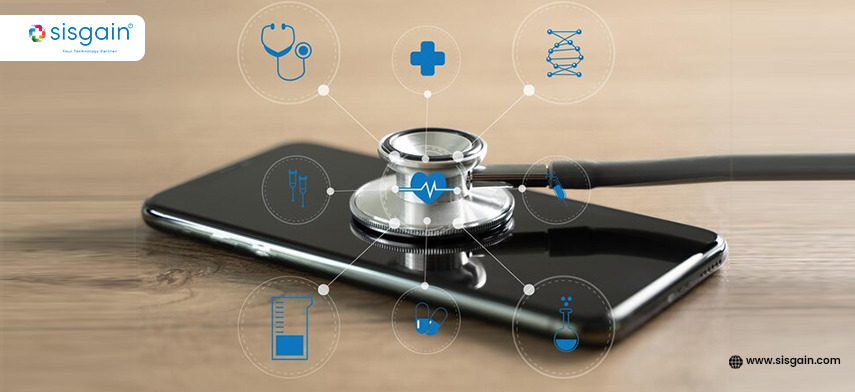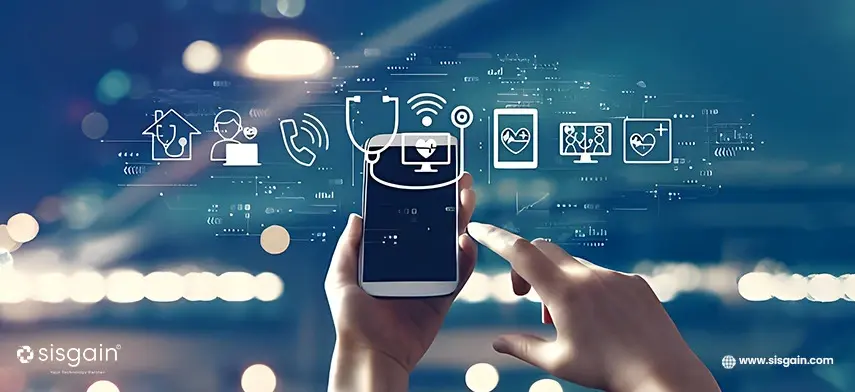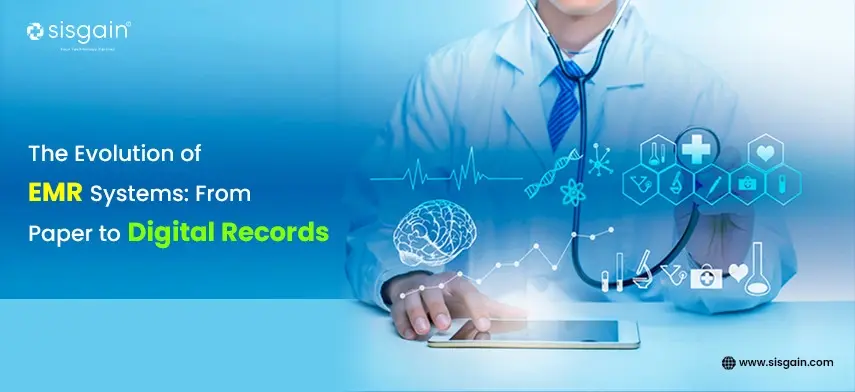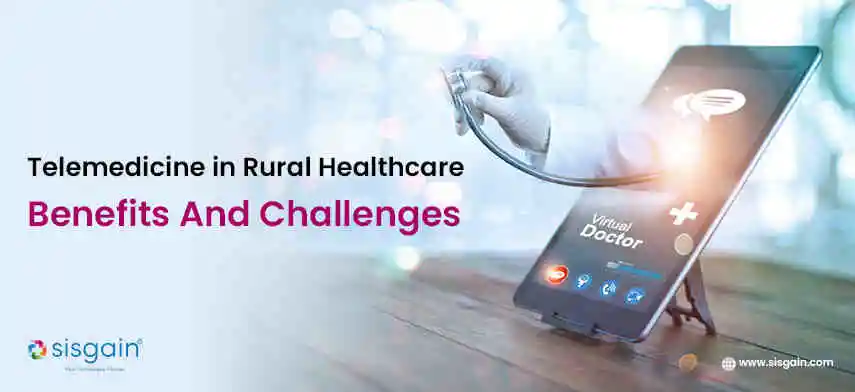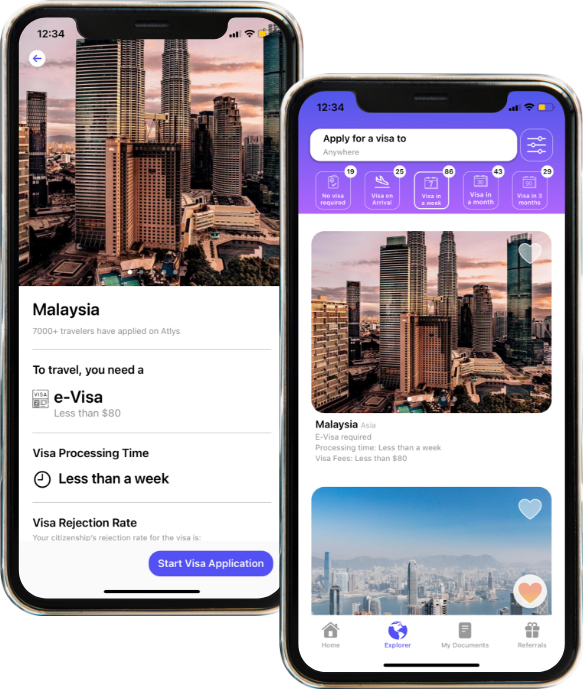 6 Jan 2024
David
Explore The Difference Between Telehealth And Telemedicine
0
6 Jan 2024
David
Explore The Difference Between Telehealth And Telemedicine
0
According to a new report by MarketsandMarkets, the telehealth and telemedicine market was estimated to be worth $120.4 billion in 2023 and is poised to reach $285.7 billion by 2028, growing at a CAGR of 23.2%.
COVID and the post-COVID era saw an explosion in the adoption of telehealth and telemedicine. Compared to before the COVID-19 pandemic, the use of virtual care has increased 38 times. The increasing use of telecommunications in the healthcare industry has resulted in deeper penetration and better medical services.
It is much easier than ever to find a doctor and book a virtual appointment. Telemedicine app development has seen a drastic increase in recent years. More and more telemedicine app development company are emerging to provide the healthcare industry with innovative solutions.
With smartphones and mobile devices becoming more accessible and affordable, the adoption of digital solutions has increased more than ever. With fast internet speeds, data can be shared quickly. Advancements in the telecommunications sector have directly impacted the growth of telemedicine and telehealth. Telehealth and telemedicine are often used interchangeably. You, too, must have thought both the same. But you are wrong.
Are you wondering what the difference is between the two terms? Let us explain the variation between these two terms. So, let’s discuss what telehealth and telemedicine are and the difference between the two.
What Is Telemedicine?
Telemedicine is the term that is used to describe any interaction that happens between a patient and a doctor using telecommunication technology. It refers to any communication that happens remotely between the patient and the provider. It allows patients to connect with healthcare providers without having to be physically present in the same location. Many techniques, such as the following, can be used to accomplish this:
Video conferencing: This is the most common type of telemedicine, allowing patients and providers to see and hear each other in real-time.
Phone calls: While not as interactive as video conferencing, phone calls can still be an effective way to receive healthcare advice and instructions.
Secure messaging: Patients can send messages and receive responses from their providers through a secure online portal or app.
Remote monitoring: This involves using wearable devices or other sensors to collect data on the patient's health, such as vital signs, blood sugar levels, or activity levels. This data can then be transmitted to the provider for monitoring and analysis.
Examples of telemedicine:
- Connecting with a mental health specialist
- Lab test results
- Dealing with recurring problems like migraines
- Treatment and follow-up for ADD and ADHD
- Diagnosing skin problems
- Issues like cough, cold, or stomachache that need urgent care
Also read: Telemedicine App Development: Features For Patients And Doctors

What Is Telehealth?
Telehealth is another way of providing healthcare digitally. Telehealth is a broader term than telemedicine and encompasses telemedicine too. Telehealth is the use of digital and telecommunication technologies to facilitate the provision of health and related services. These consist of self-care, health information services, education for patients and providers, and medical treatment. A telehealth app development company specializes in creating telehealth apps and software.
Examples of telehealth:
- A medical professional sending X-rays, medical history, and exam notes to a specialist over secure email
- Healthcare professionals listening to online courses for continuing medical education
- A group of medical experts convening via video conference to manage a patient's treatment
- Utilizing a smartphone app for health tracking
- Using an app that alerts you to a disease outbreak or provides general health information
Difference Between Telehealth And Telemedicine
| Feature | Telehealth | Telemedicine |
|---|---|---|
| Scope |
Has a wider scope and includes a broader range of services |
A subset of telehealth and focuses only on clinical services delivered remotely |
| Definition |
Has a wider scope and includes a broader range of services |
Focuses on clinical services like virtual doctor visits, remote patient monitoring, and mental health therapy |
| Example |
Remote consultations, patient education, monitoring, and administrative tasks |
Virtual doctor visits, remote monitoring of chronic conditions, and mental health therapy |

Benefits Of Telehealth And Telemedicine
For patients:
Improves access to speciality care: Patients can connect with specialists who may not be available in their local area, reducing delays in diagnosis and treatment.
Expand healthcare options: Telemedicine allows patients to explore a wider range of healthcare providers, even across state lines, potentially increasing their chances of finding the right fit.
Increased patient engagement: Telemedicine fosters better communication and engagement between patients and healthcare providers, leading to a more active role in managing their health.
Reduced travel costs and time: No need to commute to appointments, saving you money and time spent on travel.
Early detection and diagnosis: Faster access to care can lead to earlier diagnoses and treatments, potentially improving health outcomes.
Enhanced patient satisfaction: Studies show that patients generally have positive experiences with telemedicine and appreciate its convenience and accessibility.
For providers:
Reduced overhead costs: No need for large physical offices, saving on rent, utilities, and maintenance.
Flexible scheduling: Offer appointments outside traditional hours, accommodating more patients and reducing wait times.
Work-life balance: Offer greater flexibility with the option to work from home or other locations.
Early intervention: Identify potential problems sooner through remote monitoring and virtual consultations.
Reduced risk of infection: Minimize exposure to contagious diseases for both doctors and patients.
Reduced job stress: Less commuting and administrative tasks can improve overall well-being.
How SISGAIN Can Help
The healthcare sector has been completely transformed by telemedicine and telehealth. A telehealth app development company like SISGAIN is contributing to this revolution through their telehealth app development services. Telemedicine app development must not be confused with telehealth app development. Although both are almost similar, telehealth has a wider purview than telemedicine.
The Bottom Line
Telehealth and telemedicine might sound like one and the same thing. However, they are not. Although both use telecommunications technology to provide quick and better medical services digitally, telehealth has a wider scope. Telemedicine is limited to virtual appointments and treating issues like mental health, cough, flu, and allergies.
On the other hand, telehealth goes beyond clinical care. It includes non-clinical services like providing healthcare education to general users, students, and medical practitioners. So, the next time you use the words telemedicine and telehealth interchangeably, remember that they are distinct from each other.

